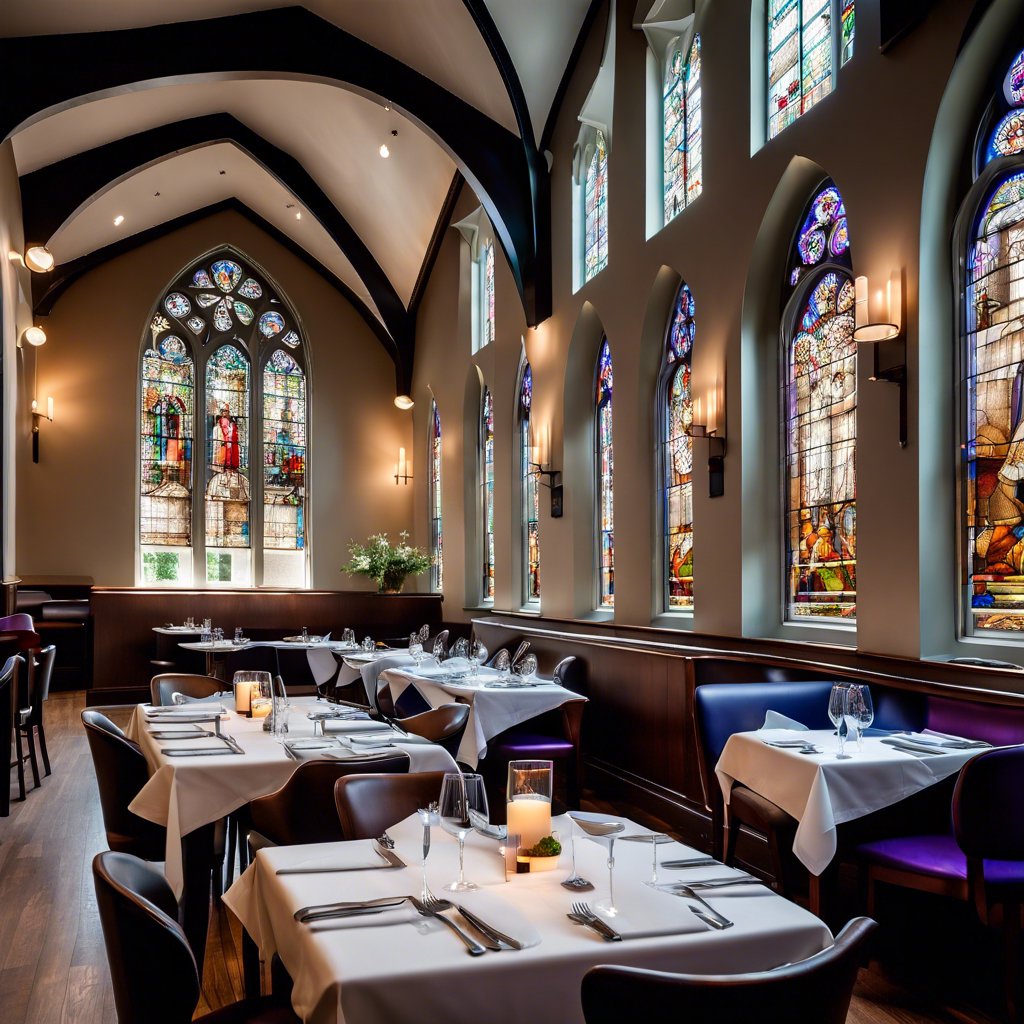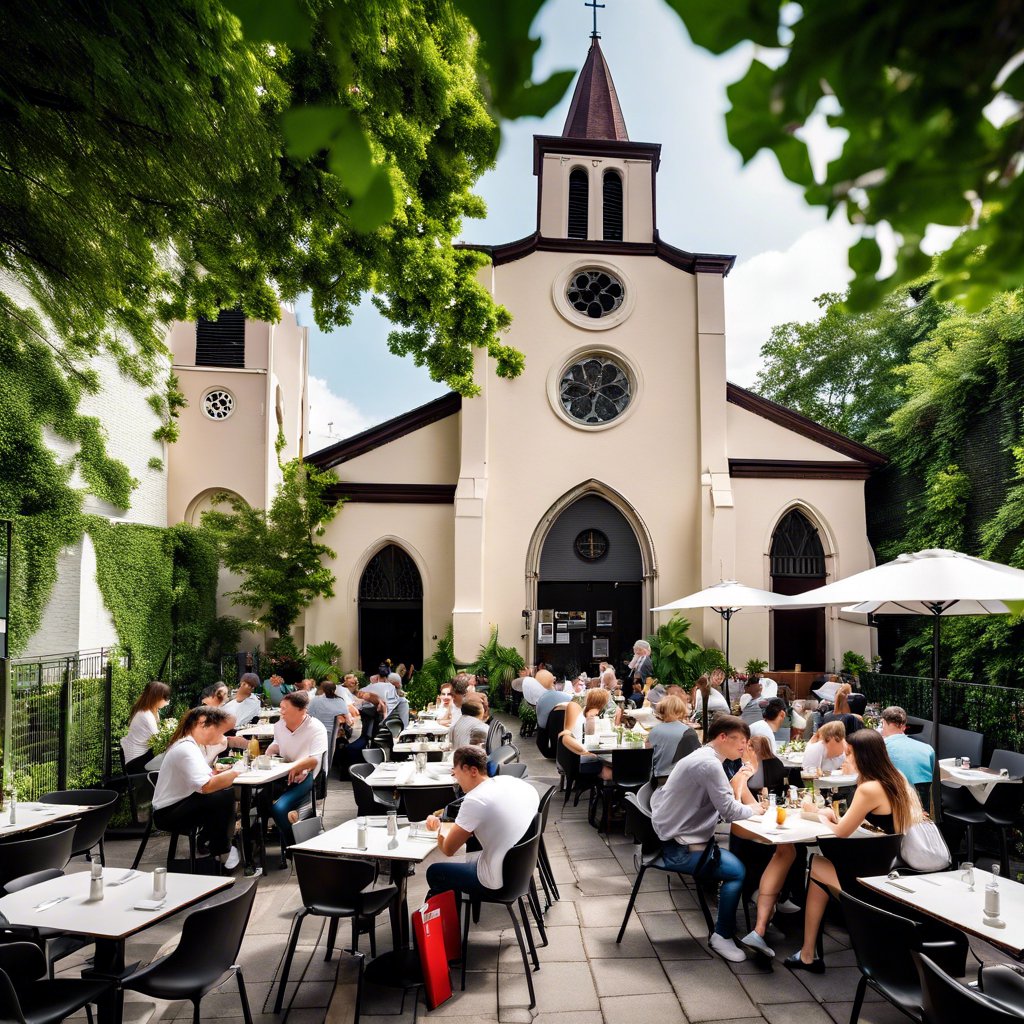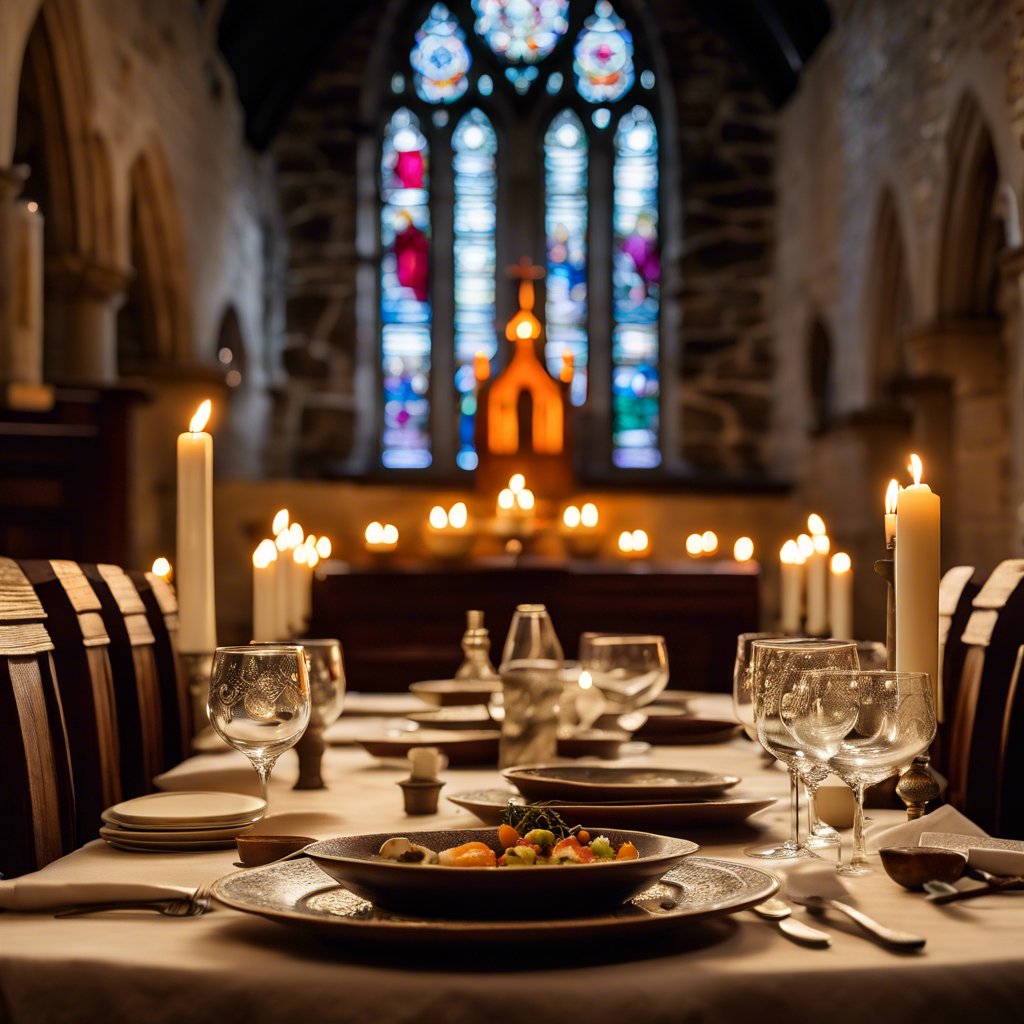From Sacred Space to Culinary Delight
Lisa Tofano’s journey with the Good Shepherd Lutheran Church in Des Plaines, Illinois, is woven with memories that span decades. She was baptized, confirmed, and married in this cherished place of worship. However, her recent visit to the church last fall took on a new significance as she and her husband, John, celebrated their 34th wedding anniversary in a transformed setting—the Foxtail on the Lake, a vibrant restaurant that now occupies the former church space.
The metamorphosis of this sacred space into a bustling eatery involved considerable effort. The church had been closed for quite some time, necessitating an extensive 18-month renovation that cost around $6 million. This comprehensive overhaul included the construction of a new 3,000-square-foot kitchen, allowing the restaurant to offer a diverse menu featuring dishes such as paella and beef shawarma. David Villegas, a managing partner of Foxtail, expressed his initial apprehension about how former parishioners would react to the transformation. Yet, Mrs. Tofano reflected on the deeper meaning of a church, stating, “A church is more about the people than the building.”
As the number of vacant churches and houses of worship continues to rise across the United States, these often architecturally stunning structures have become attractive opportunities for entrepreneurs. Eileen Lindner, a sociologist and Presbyterian minister who previously served as the editor of the Yearbook of American & Canadian Churches, has observed a troubling trend. She predicts that as many as 100,000 Protestant church properties may close by the year 2030. This projection, which could represent nearly 20 percent of all existing Protestant churches, marks a notable increase compared to past decades.
The reasons behind this decline are multifaceted, with a significant factor being the reduction in church attendance that was exacerbated by the Covid-19 pandemic. Furthermore, there is a growing trend of younger adults distancing themselves from organized religion. This shift has been ongoing for many years; for instance, in the late 1940s, a remarkable 76 percent of Americans reported belonging to a church, synagogue, or mosque. By 2020, however, this figure plummeted to just 47 percent, according to Gallup polling data.















